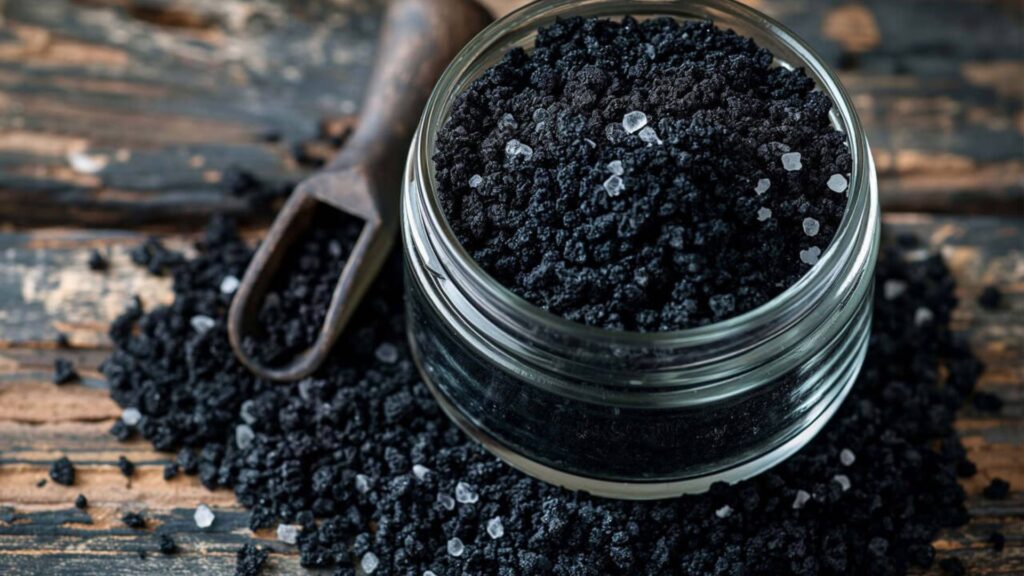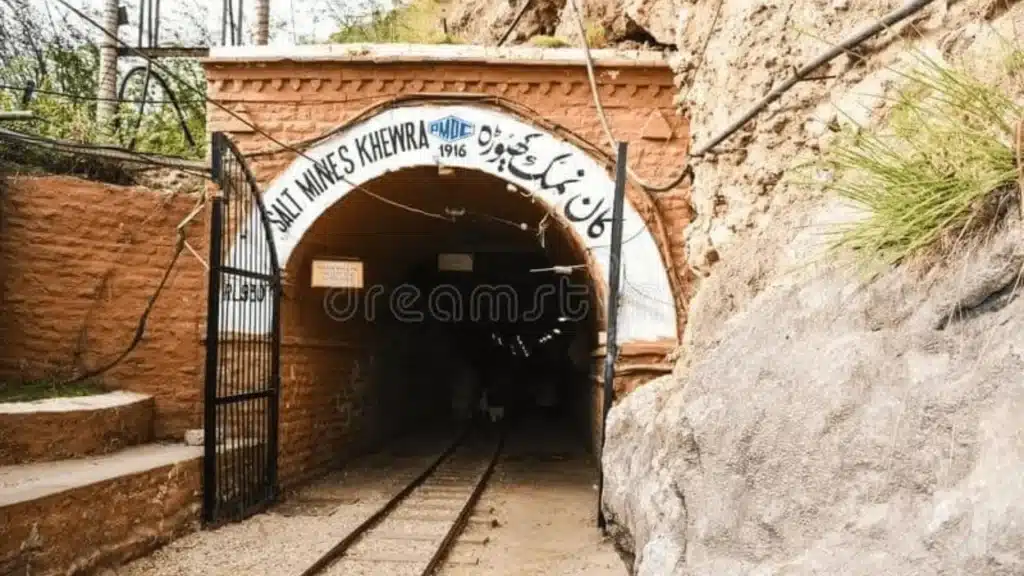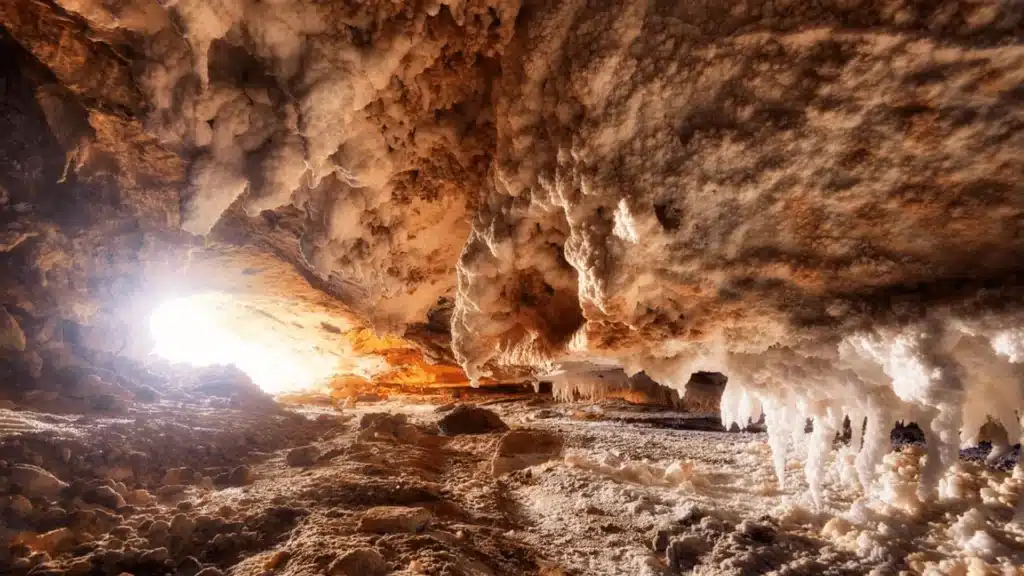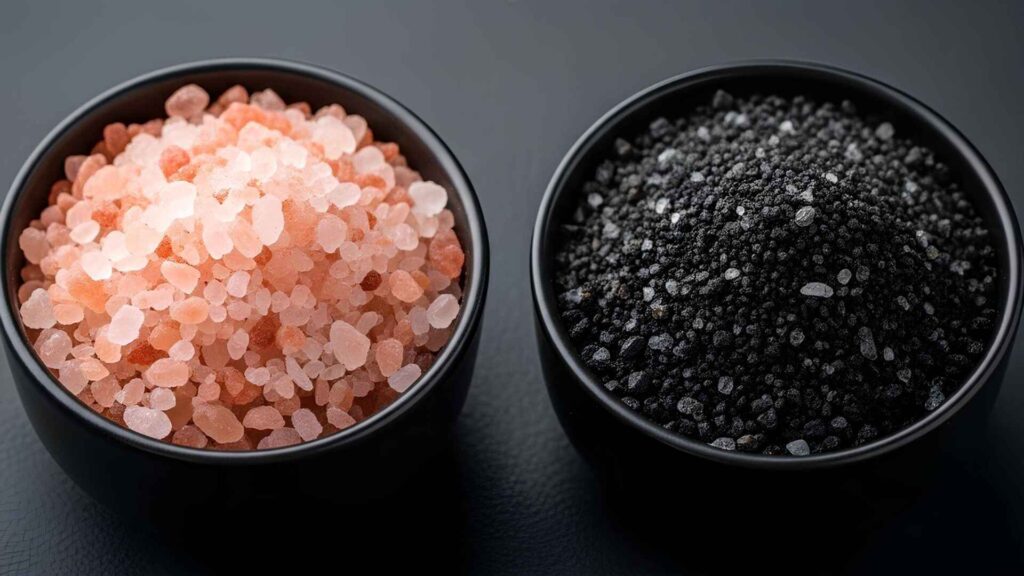
How to Make Black Salt (Kala Namak) – A Step-by-Step Guide from Raw Salt to Finished Product
How to Make Black Salt (Kala Namak) – A Step-by-Step Guide from Raw Salt to Finished Product Black salt, also known as Kala Namak, is

Himalayan salt, with its beautiful pink hue and rich mineral content, has gained immense popularity in recent years. But have you ever wondered how this exquisite salt is mined? Understanding the process of Himalayan salt mining not only satisfies your curiosity but also sheds light on its sustainability and environmental impact. Let’s delve into the intricate journey of Himalayan salt from the depths of the mountains to your kitchen.
Sustainability is a crucial aspect of any natural resource extraction, and Himalayan salt mining is no exception. The salt is primarily harvested from the Khewra Salt Mine in Pakistan, one of the largest and oldest salt mines in the world. The methods employed in mining Himalayan salt are designed to minimize environmental disruption and ensure the longevity of this precious resource.
The sustainability of Himalayan salt mining can be assessed through several lenses, including environmental, economic, and social factors. The traditional mining methods used in the Khewra mine are relatively low-impact compared to modern industrial mining techniques. Moreover, the salt deposits are vast, making it a renewable resource as long as responsible extraction practices are followed.

Himalayan salt mining has a rich history that dates back to ancient times. The Khewra Salt Mine was discovered in 326 BC by Alexander the Great’s troops, who noticed the salt deposits while traveling through the region. Over the centuries, the mine has evolved, with mining techniques improving to ensure efficiency and safety. Today, it stands as a testament to the region’s heritage and the enduring value of Himalayan salt.
Himalayan salt is primarily sourced from the Khewra Salt Mine, located in the Punjab region of Pakistan, near the foothills of the Himalayas. This mine is renowned for its high-quality salt, which is believed to be over 250 million years old. The unique geological conditions of the region contribute to the salt’s distinct color and mineral composition, making it a sought-after ingredient in culinary and wellness applications.
While Himalayan salt mining is generally considered to have a lower environmental impact compared to other mining practices, it is not without its challenges. The extraction process can lead to habitat disruption and changes in local ecosystems. However, responsible mining practices, such as maintaining the structural integrity of the mine and minimizing surface disruption, can mitigate these effects.
Once mined, Himalayan salt undergoes several processing steps to ensure its quality and safety. Understanding these steps can provide insight into the meticulous care that goes into preparing Himalayan salt for consumers.
The journey begins at the Khewra Salt Mine, where the salt is extracted using traditional mining techniques. Miners carefully extract large blocks of salt, ensuring minimal damage to the surrounding environment.
Safety is paramount in the mining process. Miners are trained to follow strict safety protocols to prevent accidents and ensure their well-being while working in the mine.
After extraction, the salt is examined for impurities and quality. This step is crucial to ensure that only the best salt reaches consumers.
The salt is then transported via conveyor belts for further processing. Here, workers observe the salt crystals, ensuring they meet quality standards.
To enhance the purity of the salt, a dedusting process is employed. This step removes any dust or debris that may have accumulated during mining and transportation.
Finally, the processed salt is packaged and shipped to markets worldwide. The result is high-quality Himalayan salt that retains its natural minerals and flavor.
The process of Himalayan salt mining is a fascinating blend of tradition and sustainability. From its historical roots to modern processing techniques, every step is designed to preserve the integrity of this precious resource. As consumers, understanding the journey of Himalayan salt can enhance our appreciation for its unique qualities and the efforts made to bring it to our tables.
Himalayan salt contains trace minerals that may offer additional health benefits compared to regular table salt, which is primarily sodium chloride.
Look for reputable brands that provide transparency about their sourcing and processing methods. Certifications can also indicate authenticity.
While generally lower than other mining practices, concerns include habitat disruption and ecosystem changes. Responsible mining practices can mitigate these impacts.
Yes, Himalayan salt is often used in cooking and food presentation. Its unique flavor and mineral content make it a popular choice among chefs and home cooks alike.

How to Make Black Salt (Kala Namak) – A Step-by-Step Guide from Raw Salt to Finished Product Black salt, also known as Kala Namak, is

Black Salt vs Pink Salt: Key Differences, Benefits & Best Uses Explained Salt is a daily part of our lives. From kitchens to wellness routines,
WhatsApp us